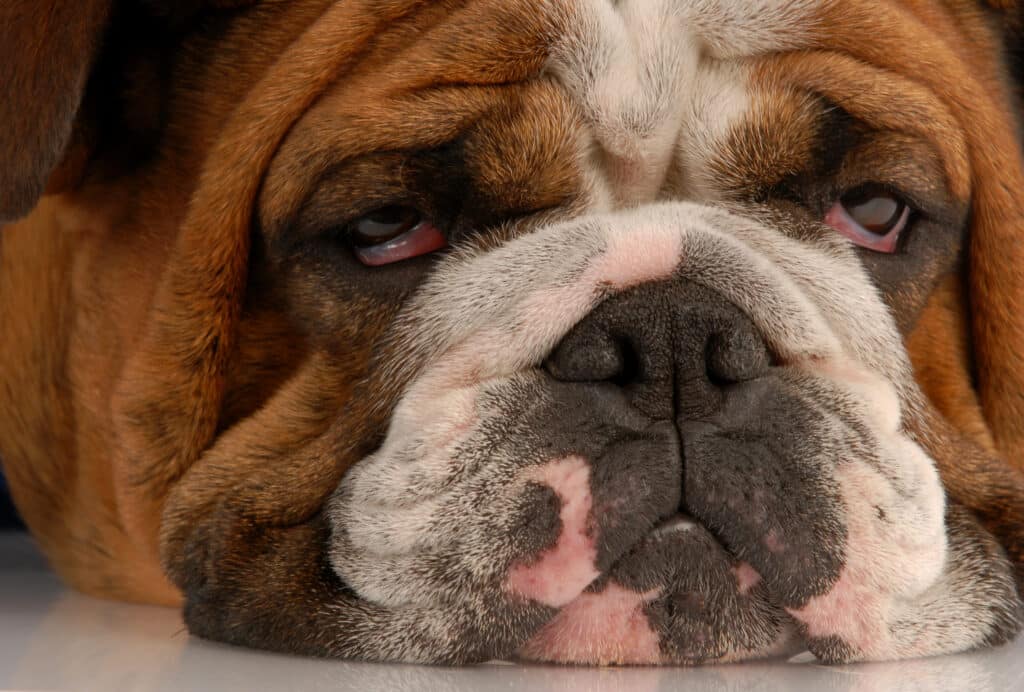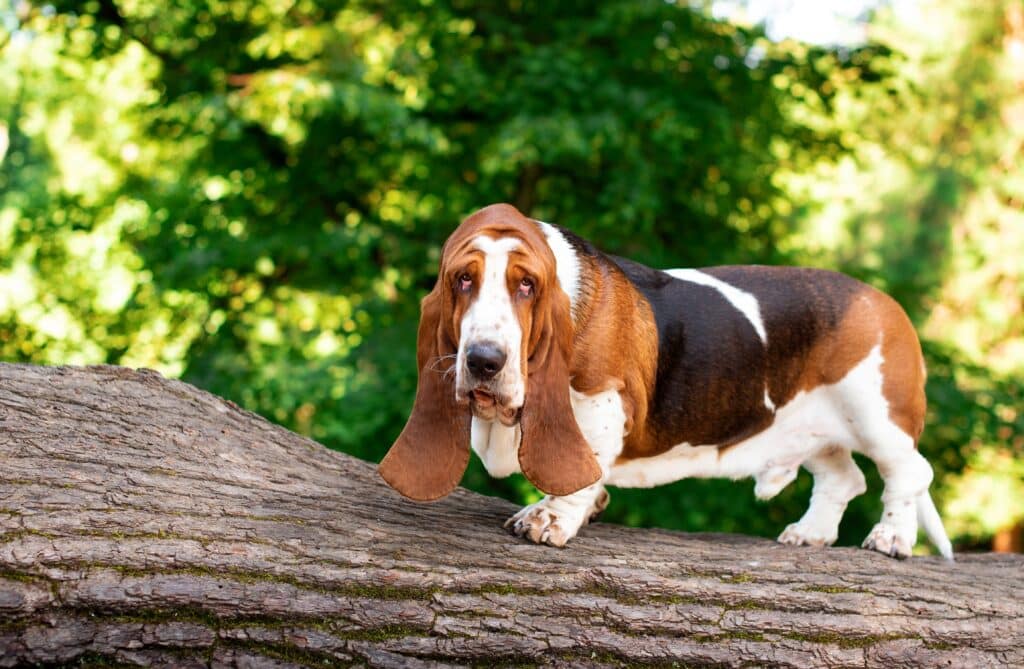An international team of experts has identified 10 dog features that current and future dog owners should avoid to ensure the health of their pets.
In a press release from the International Collaborative on Extreme Conformations in Dogs (ICEDogs), an international agreement has been revealed to help owners identify naturally healthy physical characteristics in dogs.
“This new position paper from ICECDogs can assist owners in assessing the likelihood of negative impacts on a dog’s health due to extreme conformations,” stated ICEDogs.
The rise of extreme conformations in dogs is stated to have a negative impact on the health and overall well-being of dogs, according to ICEDogs.
ICEDogs defines ‘extreme conformation’ as “a physical appearance that has been significantly altered by humans away from the natural canine appearance, resulting in poor health and welfare for affected dogs, affecting their quality and quantity of life.”


ICEDogs advises pet owners to steer clear of the following extreme conformation traits:
- Flat-faces (brachycephaly)
- Large and protruding eyes
- Shortened and twisted legs (chondrodysplasia)
- Facial or body skin folds
- Lack of tail at birth
- A clearly overshot or undershot jaw
- A disproportionately broad head and shoulders
- Eyelids turned in or out
- A bulging or domed skull
- A sloped back with an excessively low rear end and excessively flexed hind legs
On the contrary, ICEDogs lists the traits of a dog with good innate health as follows:
- Breathe freely and oxygenate effectively
- Maintain their body temperature within a normal physiological range
- Move freely without effort or discomfort
- Eat and drink effectively
- Hear, smell, see, self-groom, eliminate, and sleep effectively
- Breeding animals reproduce without assistance
- Reproduce naturally
- Communicate effectively with other dogs
Dr. Michelle Groleau, Director of Animal Welfare at the Canadian Veterinary Medical Association (CVMA), emphasized the importance of addressing the escalation of extreme conformations in animals and the resulting harm as a priority for the CVMA.
She further stated, “There is an urgent need to raise public awareness about the severity of the current situation and educate them on how they can contribute to a solution.”
Additionally, Dr. Dan O’Neill, Chair of the UK Brachycephalic Working Group and co-founding member of ICEDogs, highlighted in an interview with The Guardian, “It is now the general public that determines the appearance of dogs.”
He added, “We now have many dog breeds that are no longer fully functional dogs, all in the name of cuteness, distinctiveness, and uniqueness.”


O’Neill pointed out that while people may believe they are showing love by acquiring dogs with extreme conformations due to their cuteness and uniqueness, it actually leads to suffering.
French Bulldogs and Pugs are examples of breeds with problematic physical traits. O’Neill emphasized that the international agreement aims to protect these breeds rather than eliminate them.
“The goal is not to discourage people from getting a French bulldog or a dachshund, but to choose ones with tails, flexible spines, and breathable muzzles. It’s about selecting dogs with moderate conformations, not extreme ones,” O’Neill clarified.
ICEDogs is urging the public to educate themselves on the characteristics of a healthy dog’s body and to support breeders who are making positive changes to breed conformation.
“ICECDogs advises individuals considering getting a dog to carefully consider the welfare implications of extreme conformations before making a decision on the type of dog to bring into their homes.”

